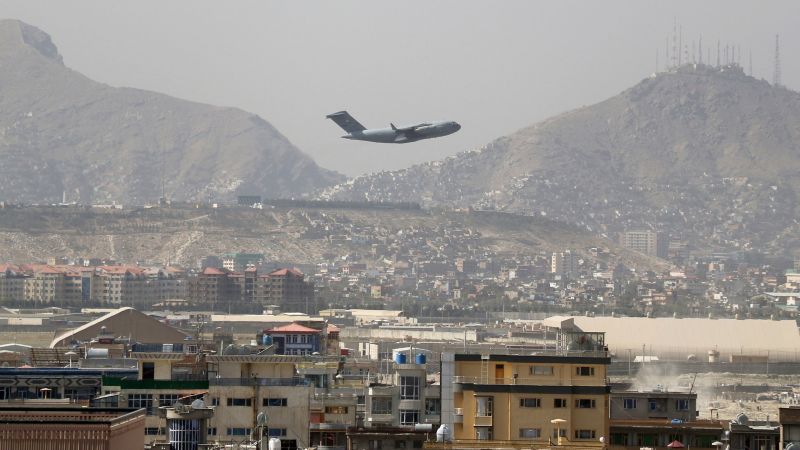The closed-door testimony of three top State Department officials shed new light on the chaotic situation in the final days of the US presence in Afghanistan. John Bass, Jim DeHart, and Jayne Howell were rushed to the country with virtually no time to prepare and no established emergency evacuation plan in place upon their arrival. Their interviews with the House Foreign Affairs Committee revealed the ad-hoc nature of the evacuation efforts and the chaos outside the Kabul airport. This new information highlights the challenges faced by the officials as they worked to evacuate US citizens, Afghan allies, and international partners in the midst of the Taliban takeover.
The transcripts obtained by CNN are part of ongoing investigations into the 2021 evacuation, which resulted in the deaths of 13 US service members. Republican Chairman Michael McCaul is planning to release a report later this year that includes key takeaways from the interviews. The interviews also provide insights into the decision-making process around the noncombatant evacuation operation (NEO) and the end of the war in Afghanistan. Despite criticism, the State Department continues to defend its actions during the evacuation and the decision to withdraw from Afghanistan.
The officials who were rushed to Kabul had to create evacuation systems on the fly, working alongside the US military and adapting to constantly changing circumstances on the ground. While planning for a NEO may have begun earlier in the year, the officials who arrived in August found themselves without a clearly articulated plan to guide their actions. The dangerous and overcrowded environment at the Kabul airport forced the officials to constantly adapt their tactics in order to get priority people safely inside.
There was no time for the officials to prepare before landing in Afghanistan, and they faced numerous challenges in vetting individuals seeking to evacuate on US flights. The constantly changing guidance regarding who could be evacuated and how many people could be evacuated led to frustration among the officials. Efforts to get people into the airport compound were met with setbacks, many of which were caused by the Taliban’s control of security perimeters throughout the city. Despite these challenges, officials worked to find alternative ways to evacuate Americans and vulnerable Afghans amidst the chaos.
Accusations about the handling of the chaotic final weeks in Afghanistan have largely fallen along party lines, with Republicans blaming the Biden administration and Democrats pointing fingers at the Trump administration for the deal that set the US withdrawal in motion. The administration, particularly the State Department, has faced criticism for the handling of the evacuation operation, with some Americans and Afghans left behind. While some military officials blamed the State Department for delaying a NEO, State Department officials maintained that they were responding to the evolving situation on the ground.
State Department officials and service members at the Kabul airport worked in coordination to evacuate as many Americans and Afghan allies as possible. Despite facing dynamic challenges on the ground, officials spoke to the immense level of coordination within the Kabul airport to respond quickly to evolving threats. The emergency environment stripped away bureaucratic constraints and allowed personnel to work together seamlessly. The coordination between the State Department officials and the military was described as unprecedented in their careers, showcasing the dedication and effort put into the evacuation mission in Afghanistan.


